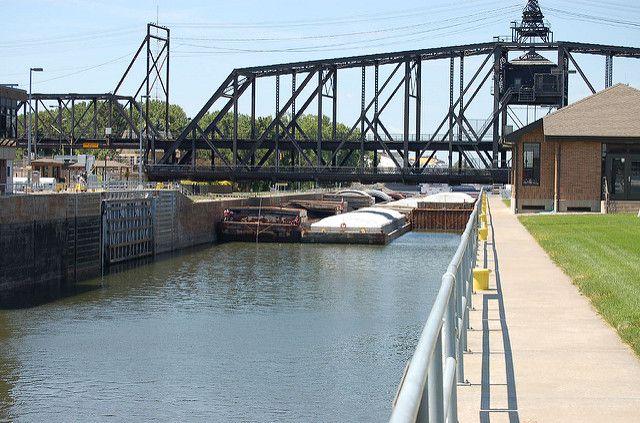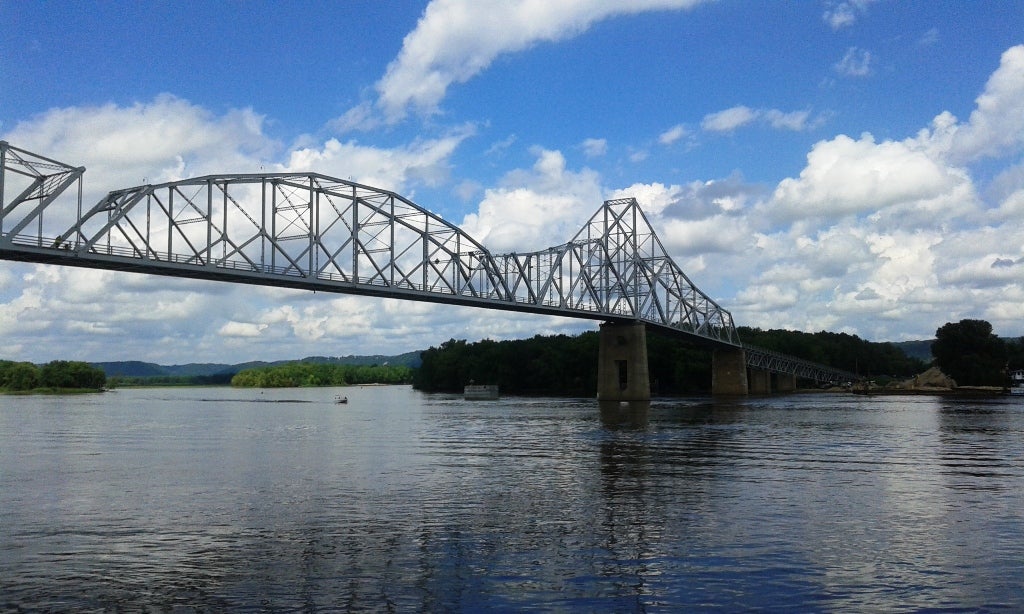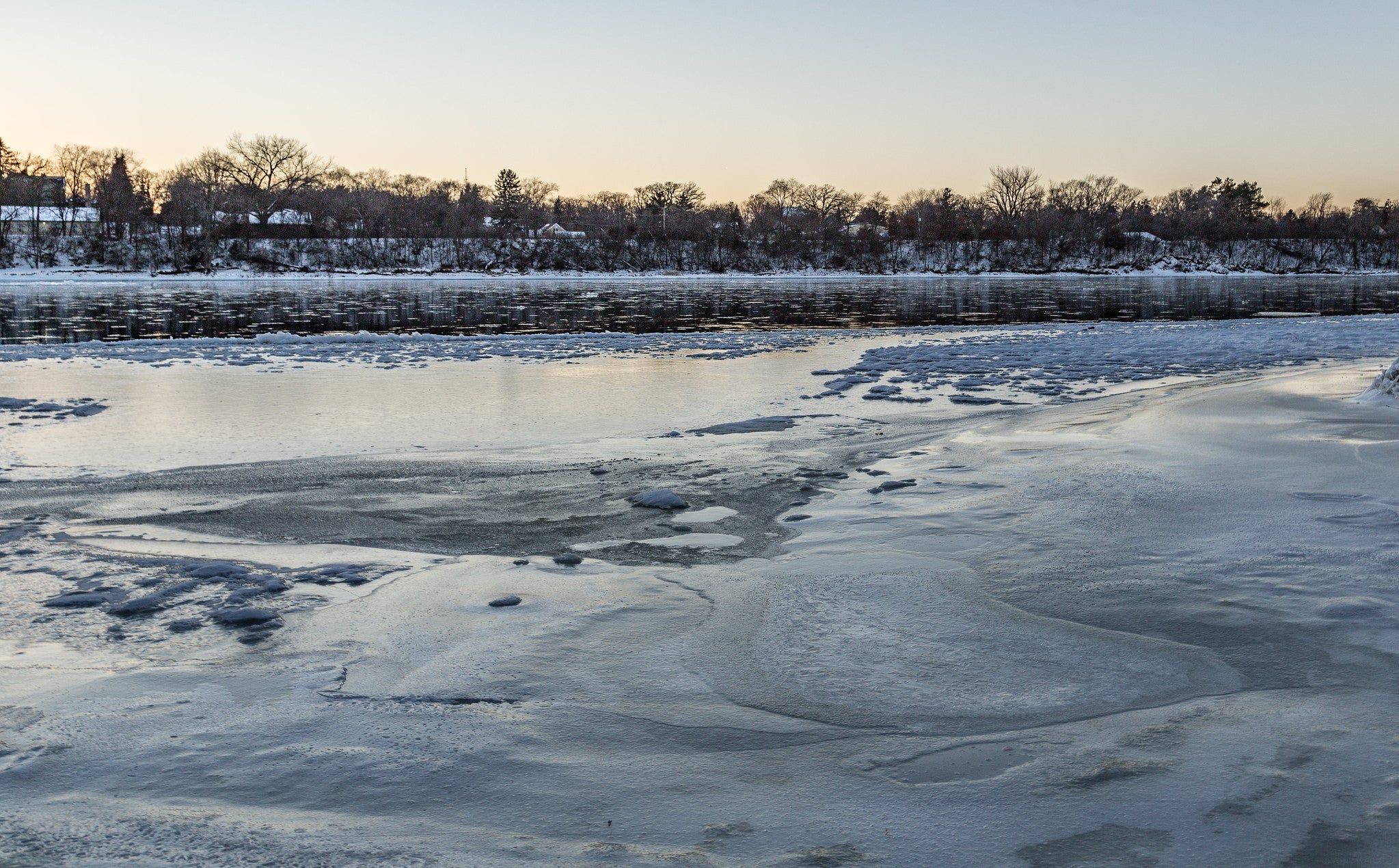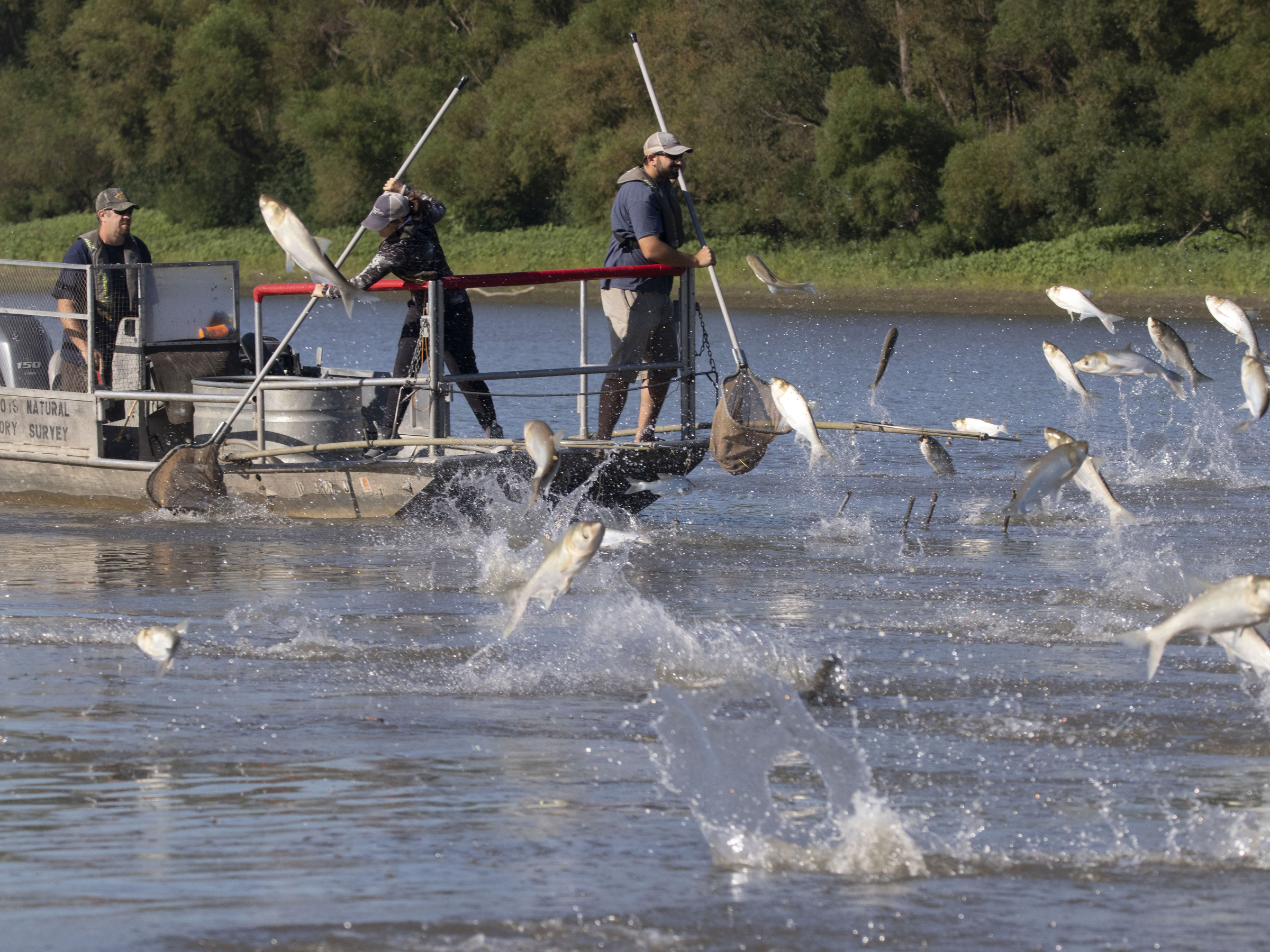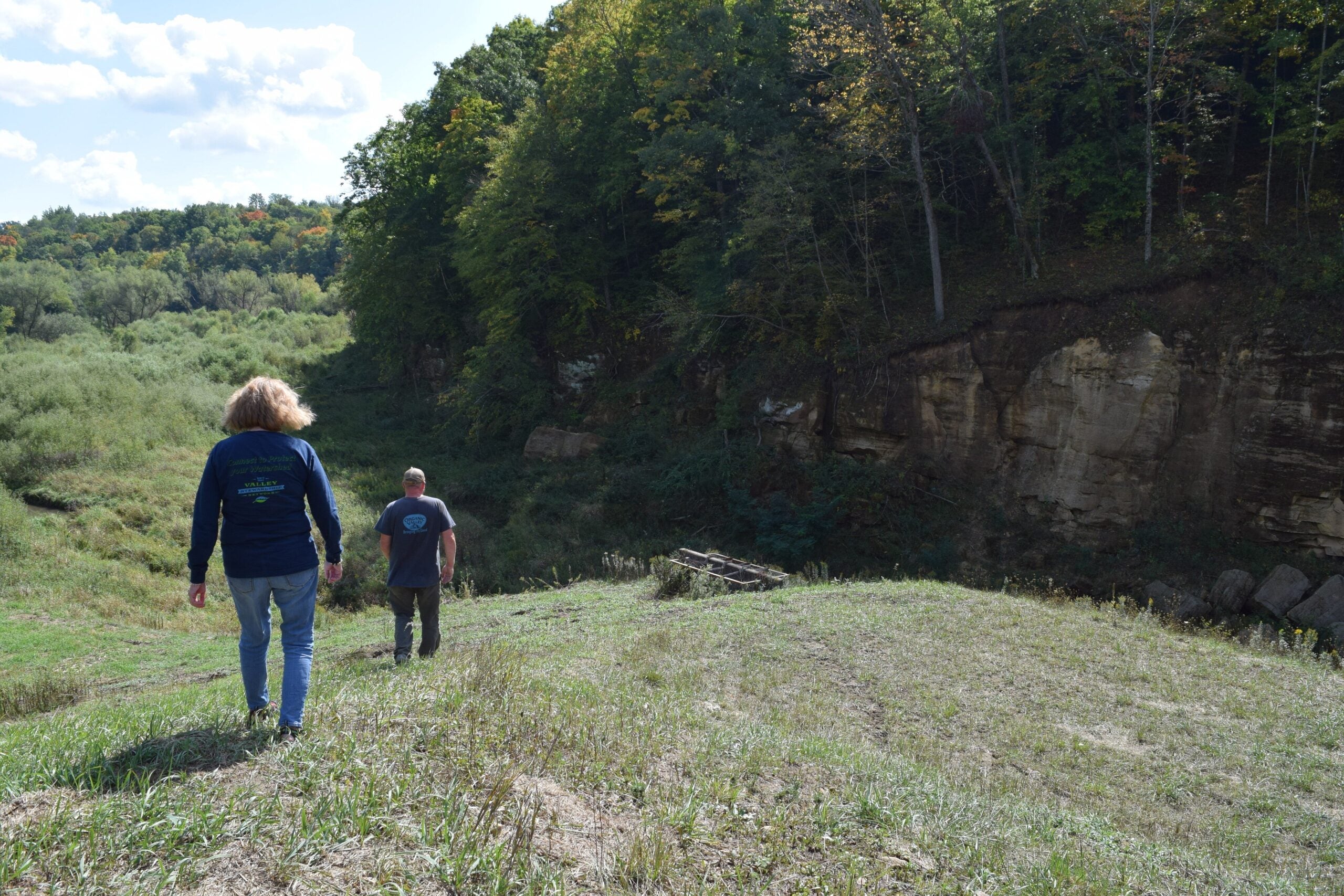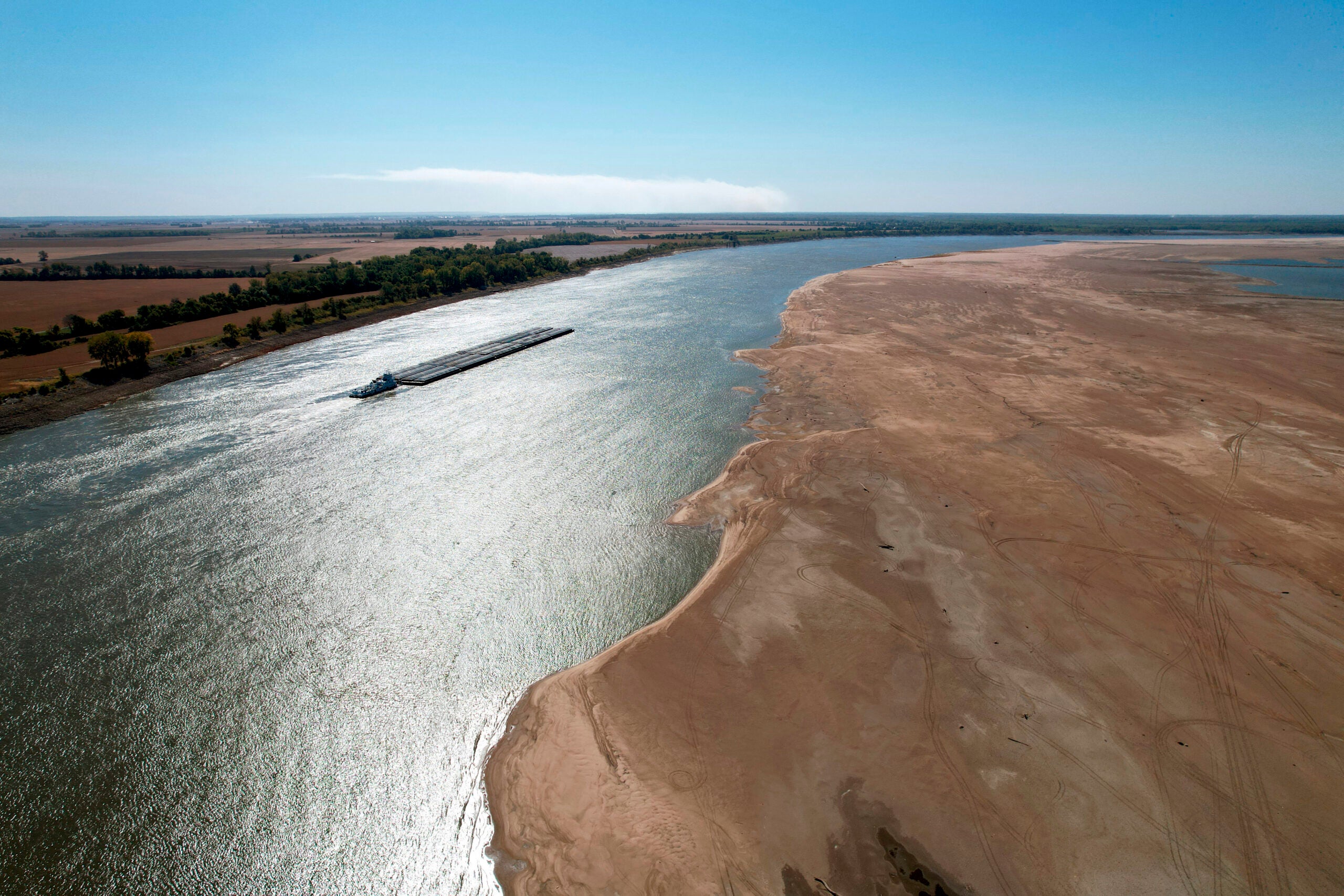As dam infrastructure continues to age, the state of Wisconsin and federal government seem to be on different paths to a solution.
The state of Wisconsin has made an effort to improve the condition of many of the nearly 4,000 inland dams, some which are as old as the 1840s. But the federal government has been operating a lock and dam system on the upper Mississippi River that was built in the 1930s and should have been upgraded in the ’80s.
There are 29 locks and dams that help maintain a 9 foot wide navigation channel that helps transport agriculture products and many other products from the upper Midwest between five states: Wisconsin, Minnesota, Iowa, Illinois and Missouri.
The Upper Mississippi River Basin Association (UMRBA) works for the governors of the five states, advocating for commercial navigation and environmental issues with Congress and the federal government.
Ecosystem and navigation program director for the association, Kirsten Mickelsen, said the entire lock and dam system has a backlog of operations and maintenance projects worth $100 billion and is in need of a major overhaul.
“The locks are smaller than what modern tow sizes carry in terms of barges, but also, they’re beyond their 50-year design life,” she said. “Closures, whether they’re scheduled or unscheduled for needed repairs, are escalating, increasing the costs of those goods associated within those barges. And then they’re (locks) undersized, so the tows aren’t made to break apart, and that adds onto the time and onto the cost that are borne by the producers and consumers of Wisconsin.”
The current condition of the upper Mississippi River lock and dam system earned a “D” grade from the American Society of Civil Engineers.
While there has been a lot of discussion in the last 25 years about improving the locks and dams, Mickelsen said UMRBA believes the Trump administration and Congress will recognize the need to upgrade commercial navigation as it considers an infrastructure improvement plan for the country.
“We are hopeful that the locks and dams on the Mississippi River will be included in that package,” Mickelsen said. “We’re working with members of Congress, including Wisconsin’s delegation, to think through how the locks and dams might be incorporated in that package.”
Some of Wisconsin’s inland dams were built between 1840 and the 1890s, and many were built for hydropower between 1900 and the 1950s. More than half of the state’s dams are privately owned. Municipalities own about 30 percent and the state of Wisconsin’s Department of Natural Resources is the largest owner of dams.
Private owners include papermakers, utilities and farmers, including cranberry growers. Many dams help create lakes that are used for recreation.
State DNR dam safety and floodplain section chief Meg Galloway said the DNR has a program to help governmental bodies repair or replace dams they are responsible for, but beyond that, each dam owner is responsible for the condition of their dam.
“It’s a very old infrastructure. It’s also sort of a forgotten infrastructure in that many people who live on lakes don’t even realize the lake is there primarily because of the dam,” Galloway said. “Most of the dam owners have tried to keep them up over the years, some of the dams have totally been reconstructed. I can’t give you an exact number (of dams in need of repair or replacement). This summer we probably have about 20 to 25 major repair/reconstruction projects going on, on dams around the state.”
Galloway said the average cost of a dam repair project ranges from $250,000 to $400,000, but can reach a price tag of $10 million.
Dams aren’t often thought of unless they fail, as they did in 2008 at Lake Delton or in major flooding in 2007-08 in Vernon County and other parts of southern Wisconsin after torrential rainfall. Galloway said the DNR has been doing more planning to make sure dams have the capacity to handle extreme weather events.
“A lot of the dam upgrades that are done are done specifically to improve their ability to handle large rain events,” Galloway said.
The state of Wisconsin also has a dam inspection program of large dams that has an emphasis on dam failures that could have an impact on people’s lives.
– John Davis
Episode Credits
- Hope Kirwan Host
- John Davis Producer
- Meg Galloway Guest
- Kirsten Mickelsen Guest
Wisconsin Public Radio, © Copyright 2024, Board of Regents of the University of Wisconsin System and Wisconsin Educational Communications Board.

